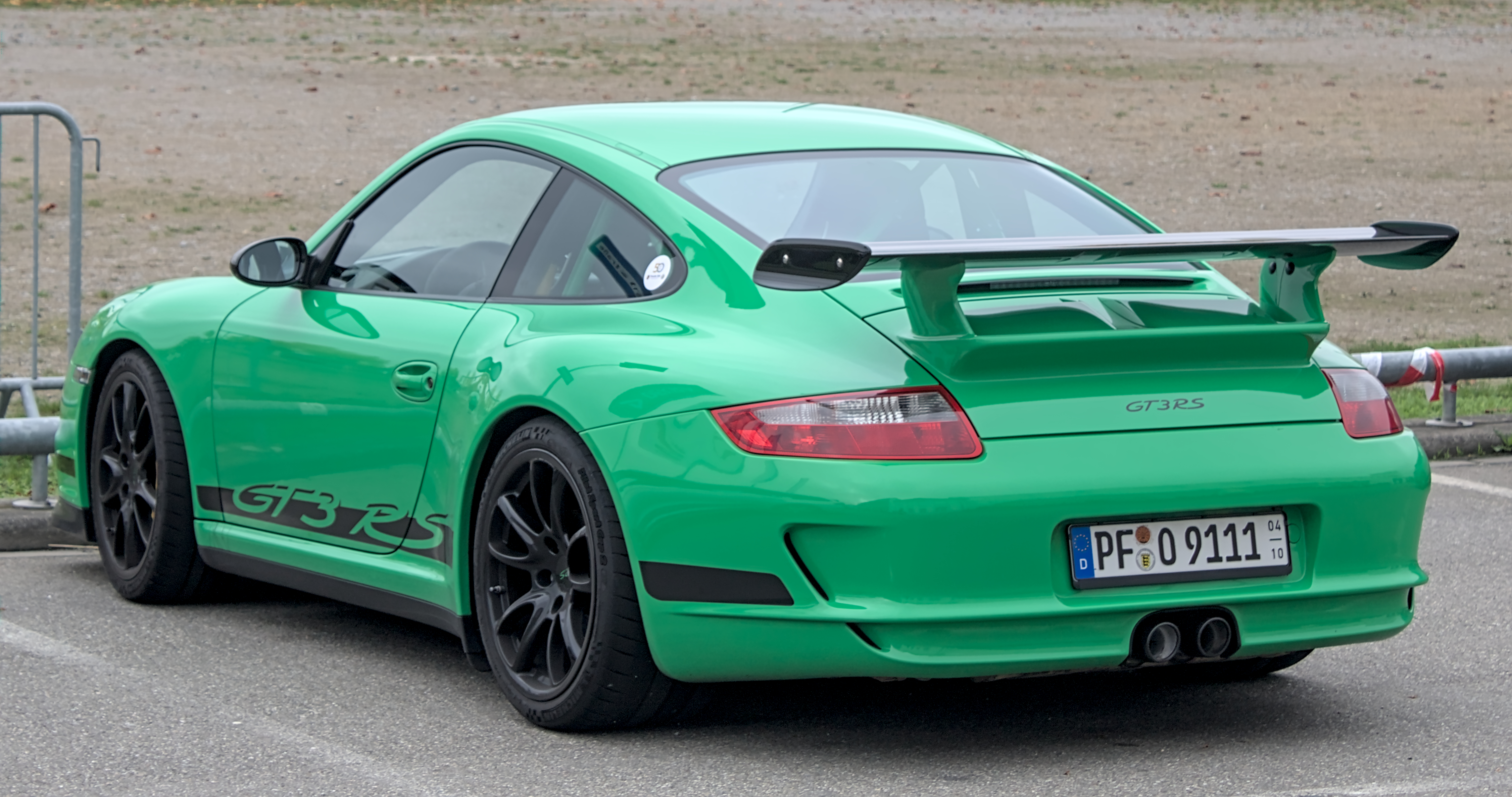Underglow Legality
Is Underglow Illegal?
Underglow lighting refers to the neon or LED lights installed on the underside of vehicles. These lights create a glowing effect underneath the car, adding a stylish and futuristic look. Car enthusiasts often install underglow to customize their vehicles and stand out on the road.
However, the legality of underglow lighting varies by region and jurisdiction. Laws governing vehicle modifications are set by individual states or countries, leading to varied regulations.
United States: State Specific Laws
The United States does not have federal laws specifically addressing underglow lighting. Instead, regulations are determined at the state level. This means what is legal in one state might be illegal in another.
- California: In California, underglow lights are allowed as long as they emit white or amber light. Red and blue lights are restricted, as they may be mistaken for emergency vehicles.
- Texas: Texas law permits underglow, but it must not be red or blue. The bulbs should not be visible to other drivers and the lights should not flash.
- Florida: Florida allows underglow, but restricts the use of blue lights and makes flashing unlawful.
- New York: New York has stricter regulations. Most forms of underglow are prohibited while driving on public roads.
Canada: Provincial Rules

Canada, like the US, has province-specific laws regarding vehicle modifications, including underglow lighting.
- Ontario: In Ontario, underglow lights are permissible but must not emit red light or flash, ensuring they do not resemble emergency vehicles.
- British Columbia: British Columbia discourages underglow lights but does not have explicit bans, provided they adhere to general safety standards.
- Alberta: Alberta prohibits underglow lights if they flash or emit red or blue lights.
Australia: State and Territory Regulations
Australia’s rules for underglow lighting differ across states and territories. The Australian Design Rules (ADRs) set minimum safety standards, but local laws offer specific details.
- New South Wales: New South Wales forbids underglow lights if they are blue or red. Lights must not flash or be reflected forward.
- Victoria: Victoria sanctions underglow lights but only if they are not red, blue, or flashing.
- Queensland: Queensland maintains stricter rules, generally disallowing underglow lighting for on-road use.
Europe: Country-Specific Legislation
In Europe, regulations vary considerably between countries. Certain countries follow the guidelines set by the European Union for vehicle safety, while others have their own strict standards.
- United Kingdom: Under UK law, underglow lights are heavily restricted. They must not be red, blue, or green, and must not distract or confuse other drivers.
- Germany: Germany bans all forms of underglow lighting. This is enforced under the country’s technical inspection regulations (TÜV).
- France: France also restricts underglow lights, particularly if they are blue or red, due to the potential confusion with emergency vehicles.
Safety and Enforcement Concerns
The primary reasons behind regulating underglow lights revolve around safety. Flashing or brightly colored lights can distract or confuse other drivers. Lights resembling police or emergency vehicles pose additional risks. Law enforcement agencies focus on maintaining clarity and uniformity on public roads.
Fines and penalties for violating underglow regulations differ by region. Offenders may receive warnings, fines, or be required to remove the lights. Persistent violations might result in more severe penalties.
Underglow in Motorsports and Shows
Underglow lights are prevalent in car shows and motorsports. They allow enthusiasts to display their customized vehicles without concern for traffic laws. Private properties and events often have looser regulations, providing freedom to showcase creative lighting effects.
Installation Best Practices
For those interested in underglow lighting, it’s essential to adhere to local laws. Research your area’s specific regulations. Choose colors and patterns that comply with legal standards. Ensure the installation is safe; secure lights properly and avoid interference with vehicle function.
Utilize professional installation services if unsure about the process. Proper installation not only helps in staying within legal boundaries but also ensures durability and safety.
Legal Alternatives to Underglow
Consider other legal lighting modifications for your vehicle. Interior LED strips, license plate frames, or strategic lighting in non-regulated areas can enhance your car without legal repercussions.
Additionally, exploring temporary or easily removable options can provide flexibility. These can be removed or turned off when driving in restricted areas.
Staying Informed
Keep updated on changing laws and local regulations regarding vehicle modifications. Reach out to local transportation departments or legal advisors for the latest information. Forums, car clubs, and enthusiast groups can also be valuable resources for updates and advice.
Finally, practice discretion and prioritize road safety. While customizing vehicles can be a fun and expressive hobby, adhering to legal and safety standards ensures a positive experience for everyone on the road.
nn
Essential Classic Car Resources
n
Every classic car enthusiast needs the right resources and products:
nn
The Complete Restoration Guide
n
The Complete Idiot’s Guide to Restoring Collector Cars – Whether you are buying your first classic or restoring a barn find, this comprehensive guide covers everything you need to know.
n
nn
Premium Car Care Kit
n
Chemical Guys Complete Car Care Kit – Professional-quality car wash and detail products to keep your classic looking showroom-fresh.
n
n
As an Amazon Associate, we earn from qualifying purchases.




Subscribe for Updates
Get the latest articles delivered to your inbox.
We respect your privacy. Unsubscribe anytime.